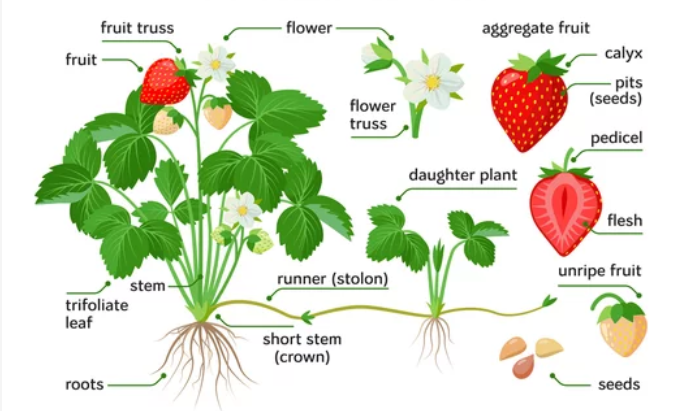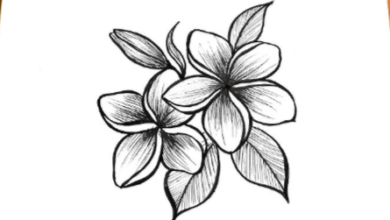Learning Through Art: Plant Parts

The intersection of Learning Through Art: Plant Parts and botany presents a valuable opportunity to enhance our understanding of plant anatomy and its ecological significance. By employing artistic techniques, students can visually interpret the functions and characteristics of roots, stems, leaves, and flowers, fostering a multi-dimensional awareness of plant life. This approach not only encourages creativity but also deepens scientific inquiry, prompting questions that challenge conventional learning. What methodologies can effectively bridge this artistic exploration with empirical study, and how might these insights transform our educational practices?
The Importance of Learning Through Art: Plant Parts
Learning Through Art: Plant Parts play a crucial role in the survival and reproduction of flora, with each component serving distinct yet interconnected functions that contribute to the overall health of the ecosystem.
Understanding plant anatomy reveals the ecological significance of roots, stems, leaves, and flowers.
These structures not only facilitate nutrient uptake and energy conversion but also support biodiversity, ensuring the resilience and balance of natural habitats.
Read More Learning Through Art: Flow of Genetic Information Through the Cell
Learning Through Art: Plant Parts Techniques for Exploration
Exploration of the natural world can be profoundly enriched through artistic techniques that capture the intricate beauty and complexity of plant life.
Employing collage techniques allows for the juxtaposition of textures and forms, while watercolor exploration showcases the delicate nuances of color and light.
Together, these methods invite a deeper connection with nature, encouraging freedom in expression and fostering a vibrant understanding of botanical diversity.

Creative Activities for Learning
Engaging in creative activities not only enhances learning but also fosters a deeper appreciation for the world around us.
Collaborative projects encourage teamwork while allowing participants to explore plant parts through hands-on sensory experiences.
Integrating Art and Science
How can the fusion of art and science create a richer learning experience? By intertwining artistic expression with scientific observation, educators empower students to explore the natural world creatively.
This integration fosters deeper understanding, encouraging learners to visualize complex concepts through art. As students engage their senses, they cultivate a passion for inquiry, ultimately breaking down the barriers between disciplines and enhancing holistic learning.
Read More Historical Perspectives in Art: From Prehistory to the Gothic Period
Conclusion
In conclusion, the intersection of Learning Through Art: Plant Parts and science serves as a vibrant tapestry, weaving together the complexities of plant parts and their ecological significance. Engaging in artistic endeavors not only enhances understanding but also fosters a profound connection with nature’s intricate designs. Through creative exploration, students cultivate a sense of wonder, nurturing both knowledge and appreciation for botanical diversity. This holistic approach transforms the study of plants into an enriching journey, illuminating the beauty and importance of the natural world.






